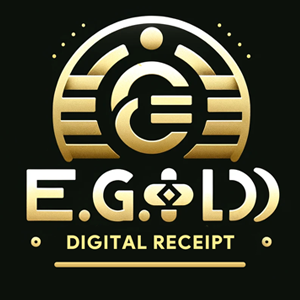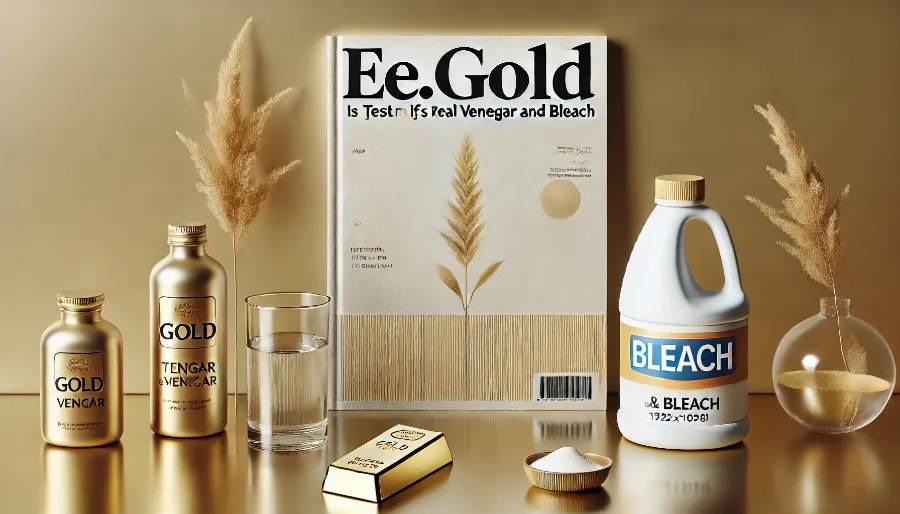
Gold's authenticity can often be tested using household items like vinegar and bleach. While these methods are not definitive, they can provide quick and preliminary insights into whether your gold is real or fake. Here’s how to safely and effectively test gold at home using these substances.
Why Use Vinegar and Bleach to Test Gold?
- Non-Invasive: These methods do not damage genuine gold when performed correctly.
- Chemical Properties: Gold is non-reactive to acids and bleach, which can help distinguish it from fake materials.
- Ease of Use: Both vinegar and bleach are common household items, making this a convenient option.
How to Test Gold with Vinegar
Step-by-Step Process
Clean the Gold Item
- Wash the item with soap and water to remove dirt or oils that might affect the test.
Pour Vinegar
- Place the gold item in a container or hold it in your hand.
- Pour white vinegar directly onto the gold or submerge it in a cup of vinegar.
Observe the Reaction
- Real gold will not react to vinegar. It will maintain its color and shine.
- Fake gold may change color, develop a greenish tint, or dissolve, indicating the presence of base metals.
Rinse and Dry
- After testing, rinse the gold item with water and dry it thoroughly to prevent residue.
How to Test Gold with Bleach
Step-by-Step Process
Select a Safe Location
- Work in a well-ventilated area to avoid inhaling bleach fumes. Use gloves to protect your skin.
Prepare the Gold Item
- Clean the item to remove contaminants.
Apply Bleach
- Place a small amount of bleach on the gold item. Alternatively, you can submerge the item in a diluted bleach solution (1 part bleach to 4 parts water).
Watch for Reactions
- Real gold will not react with bleach. It will remain unchanged in color and texture.
- Fake gold may tarnish, discolor, or react chemically, indicating the use of other metals.
Rinse Thoroughly
- After testing, rinse the gold item with water to remove any bleach residue.
Precautions When Testing Gold with Vinegar and Bleach
- Avoid Prolonged Exposure: Do not leave the gold item in vinegar or bleach for extended periods to avoid unnecessary wear.
- Test in a Small Area: If you're concerned about potential damage, test an inconspicuous part of the gold item first.
- Handle Chemicals Safely: Always wear gloves and work in a well-ventilated area to protect yourself from harmful fumes.
Limitations of Vinegar and Bleach Testing
While vinegar and bleach are helpful for quick checks, these methods are not foolproof. They may not detect sophisticated counterfeits or accurately determine gold purity. For reliable results, consider additional tests such as:
- Magnet Test: Gold is non-magnetic, so it should not be attracted to a magnet.
- Weight and Dimensions: Measure the item’s weight and size to match standard specifications.
- Acid Testing Kit: Gold testing kits with acids provide more accurate results for determining purity.
- Professional Testing: For high-value items, have them tested by a jeweler or a certified gold dealer.
Advanced Testing Methods for Gold Authentication
If vinegar and bleach tests are inconclusive, consider using more advanced methods to ensure the authenticity of your gold:
1. Magnet Test
- How It Works: Gold is non-magnetic. If your gold item is attracted to a magnet, it likely contains other metals.
- What to Use: A strong magnet, such as a neodymium magnet, is best for accurate results.
- Limitations: Some counterfeit gold items use non-magnetic base metals, so this test is not foolproof.
2. Acid Testing Kit
- How It Works: Acid testing involves applying nitric acid to the gold item to see if it reacts. Real gold will not corrode or dissolve.
- Steps:
- Scratch a small part of the gold item on a testing stone.
- Apply a drop of acid corresponding to the karat of gold you suspect.
- Observe the reaction; no change indicates real gold.
- Precaution: Perform this test in a well-ventilated area and follow all safety guidelines.
3. Density Test
- How It Works: Gold has a specific density (19.3 g/cm³). Measuring the item's weight and volume can help determine its density.
- Steps:
- Weigh the item using a precision scale.
- Measure its volume by submerging it in water and noting the displacement.
- Divide the weight by the volume to calculate density.
- Limitations: Requires precise equipment and may not work well for hollow or irregularly shaped items.
4. X-Ray Fluorescence (XRF) Testing
- How It Works: XRF machines analyze the elemental composition of the gold without damaging it.
- Where to Get It Done: Professional jewelers or assay offices offer XRF testing for a fee.
- Benefits: This method is non-invasive and highly accurate.
5. Professional Appraisal
- How It Works: A professional jeweler or certified gold dealer uses advanced tools and expertise to authenticate gold.
- When to Use: Ideal for high-value gold items such as heirlooms, coins, or bars.
- Cost: Appraisals may come with a fee, but the certainty they provide is invaluable.
Common Signs of Fake Gold
When testing gold, keep an eye out for these telltale signs of counterfeit items:
- Discoloration: Fake gold often tarnishes or develops a green or reddish hue over time.
- Inconsistent Markings: Check for misspelled or inconsistent hallmarks like “999” or “24K.”
- Unusual Weight: Gold has a distinct heaviness; fake items may feel too light or too heavy due to different metal densities.
- Rough Edges: Genuine gold items are usually smooth and well-finished, while fakes may have rough edges or visible seams.
FAQs About Testing Gold with Vinegar and Bleach
Does vinegar damage real gold?
No, vinegar does not harm pure gold. It’s safe to use for testing when applied properly.Can bleach damage gold?
Real gold does not react with bleach, but prolonged exposure can damage gold-plated items or alloys.What if my gold turns green during the test?
A green reaction often indicates the presence of base metals like copper, suggesting the item is fake or gold-plated.Are vinegar and bleach tests 100% reliable?
No, these tests are preliminary and should be followed by more accurate methods, such as acid testing or professional appraisal.How do I test gold jewelry without damaging it?
Non-invasive methods like the magnet test, XRF testing, or density testing are best for preserving the item’s condition.Can I use apple cider vinegar instead of white vinegar?
White vinegar is preferred for its clarity and higher acidity, which provide more accurate results.What is the safest way to test gold at home?
The vinegar test is one of the safest and easiest methods for home testing.Should I rely on visual inspection alone?
Visual checks are not enough to confirm authenticity. Use multiple testing methods for accurate results.What if I’m still unsure about my gold’s authenticity?
Seek professional testing from a certified jeweler or gold dealer for definitive results.Can these tests determine the gold's purity?
No, vinegar and bleach tests only indicate if the item is real gold. Use acid testing or XRF analysis to determine purity.
Final Tips for Authenticating Gold
- Combine Methods: Use multiple tests (e.g., vinegar, magnet, density) for more accurate results.
- Handle with Care: Avoid harsh chemicals or abrasive tools that might damage genuine gold.
- Consult Professionals: For high-value or sentimental items, professional testing ensures reliability and peace of mind.
By following these guidelines and precautions, you can confidently test and verify the authenticity of your gold items at home.
NOTE
This Content is the copyrighted content of EE.GOLD. All rights are reserved. You are welcome to share or use our content only by including direct links to our website. Any other form of reproduction, distribution, or use without proper attribution is strictly prohibited.
This Content is intended solely for educational purposes. The information provided does not constitute financial or investment advice.
Please note that Digital Storage Receipt, Secure Storage Solutions, and Physical Gold Sales are the only services offered by EE.GOLD.
We strictly adhere to government regulations and are firmly against all illegal financial or investment activities globally.
For further inquiries, feel free to contact us through our official channels.

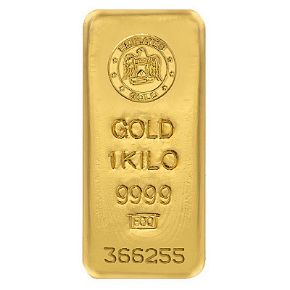
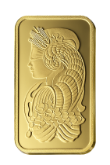





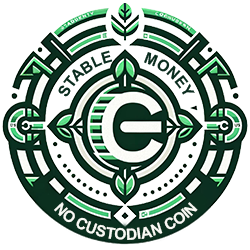

.png)

